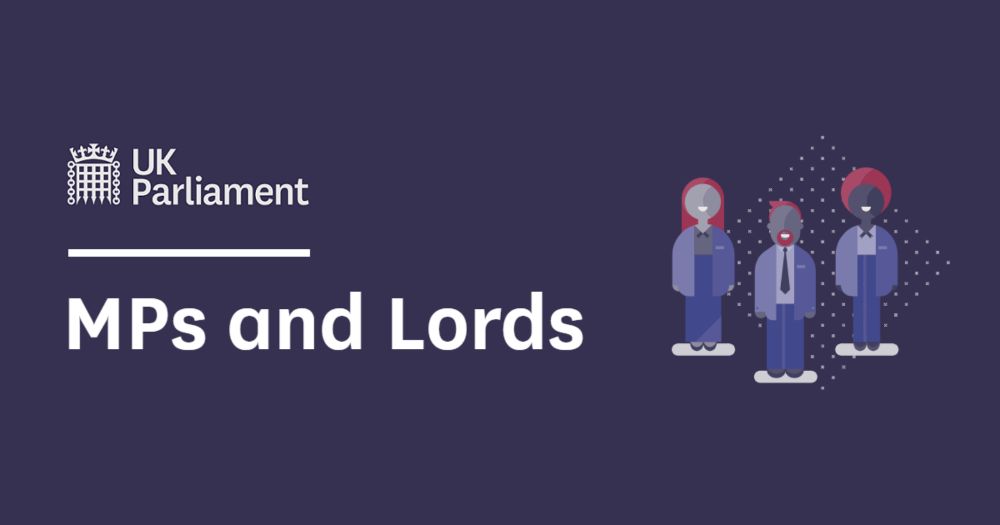Athena Akrami
@athenaakrami.bsky.social
1.2K followers
320 following
90 posts
Neuroscientist at The Sainsbury Wellcome Centre, UCL, in London. Leading the "Learning, Inference & Memory" laboratory. Accidental advocate of #longcovid
https://www.lim.bio/
Posts
Media
Videos
Starter Packs
Reposted by Athena Akrami
Athena Akrami
@athenaakrami.bsky.social
· Jul 20
Athena Akrami
@athenaakrami.bsky.social
· Jul 20
Reposted by Athena Akrami
Sky News
@news.sky.com
· Jul 19

Gaza: More than 30 people killed 'as Israeli troops open fire towards Palestinians waiting for aid'
More than 30 people have been killed after Israeli troops opened fire towards crowds of Palestinians waiting for aid, according to witnesses and hospital officials.
news.sky.com
Athena Akrami
@athenaakrami.bsky.social
· Jul 18
Athena Akrami
@athenaakrami.bsky.social
· Jul 18
Athena Akrami
@athenaakrami.bsky.social
· Jul 18
Athena Akrami
@athenaakrami.bsky.social
· Jul 18
Athena Akrami
@athenaakrami.bsky.social
· Jul 18
Athena Akrami
@athenaakrami.bsky.social
· Jul 18
Athena Akrami
@athenaakrami.bsky.social
· Jul 18
Athena Akrami
@athenaakrami.bsky.social
· Jul 18
Athena Akrami
@athenaakrami.bsky.social
· Jul 18
Reposted by Athena Akrami




